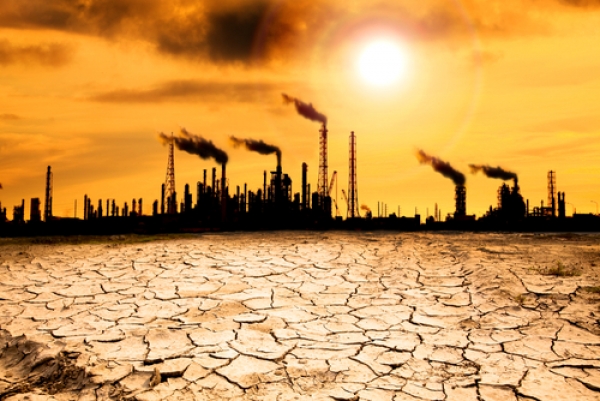- Client: DG Energy (ENER) (European Commission)
- Implementation period: November, 2015 - December, 2017 (Completed)
- Geographic coverage: European Union
- Theme: Energy
- Topic: Energy Policy Regulation and Markets
- Experts: Koen Rademaekers, Jeroen van der Laan, Lisa Eichler, Onne Hoogland, Carmen van den Berg
How can we best model the interactions of European energy and climate policy within the real economy?
This major project, led by Cambridge Econometrics and including E3Modelling and Trinomics as partners, aimed to extend the capability of two global energy-economy-environment models to give a fuller assessment of the impact of policies designed to promote energy efficiency and a transition to a low carbon economy. The improved capability relates to the treatment of (1) policy-induced technological innovation in energy production and use, and (2) the role played by private and public money and finance in the availability of funding for investment.
The two models have been chosen to represent two very different traditions in economics, so as to test the extent to which differences in assumptions about behaviour in the economy affect the assessment of the potential impact of policies: post-Keynesian macro-econometric modelling (the E3ME model) and Computable General Equilibrium modelling (GEM-E3). The enhanced models were applied to assess the impact of potential policies in the energy-environment field and the impact of changes in the global economic and policy environment on economic, energy and environmental emissions outcomes in the European economies.
The results of this two-year project are published in ten output reports, available on the website of DG Energy’s here. These results help to improve the models used to analyse EU decarbonisation policies, leading to better-informed policy.

Trinomics in particular contributed to the following three tasks, delivering:
- A review of technological and innovation-focused policy interventions and how these might impact the economies across the EU in a low-carbon future (Deliverable 2),
- A mapping exercise showing the sources of finance for clean energy investment in the EU, with implications on existing macroeconomic models (Deliverable 3), and
- A technical case study, modelling selected EU policy levers which aimed to promote clean energy finance (Case Study 4).